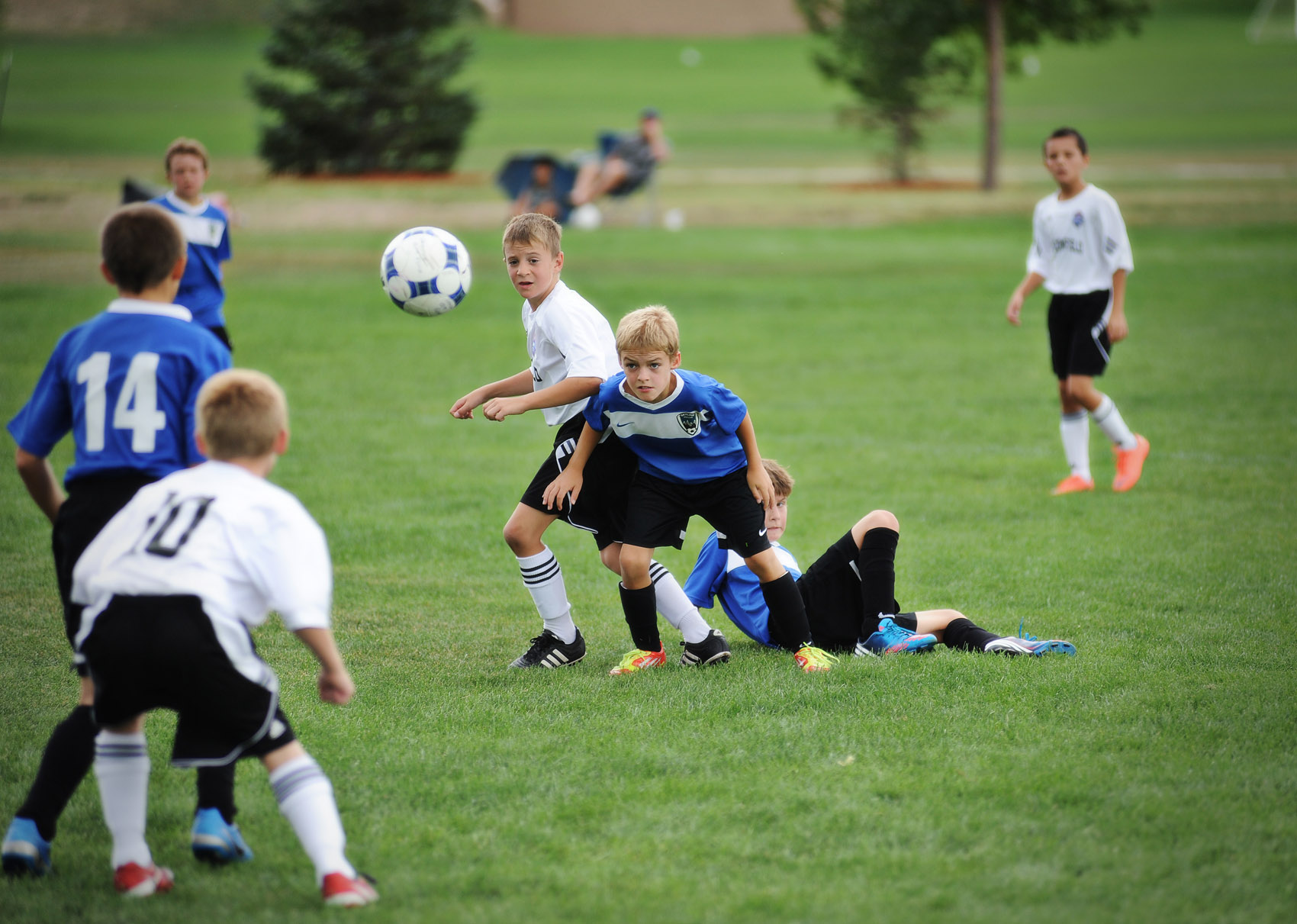By Ben Graham, Sports Editor
“Heading“ a soccer ball, a challenging and difficult task that requires the uttermost precision, takes place when the player uses his/her head to control the ball or propel it forward. If done improperly, repeated heading can result in several negative consequences like concussions. Following the establishment of new guidelines by the U.S. Soccer Federation this month, heading has been either banned or limited for children thirteen years old and younger.
The guidelines state that children ten years old and younger can neither head the ball in practice nor in game, and children between the ages of eleven and thirteen can only head the ball in practice. A lawsuit in the U.S. District Court in California last year cited a study from 2010 that said American soccer players suffered approximately 50,000 concussions in that year, more than wrestling, baseball, basketball, and softball combined. These stricter rules are necessary, however, as they preserve the physical health of our youth, which is more important than any sport.
Repeated improper heading can cause soccer players to sustain various degrees of concussions. If concussed players go undiagnosed and continue to play (which happens quite often), their symptoms can worsen and maybe even become permanent. Concussed players may experience loss of memory, prolonged headaches, vomiting, and excessive fatigue, none of which a child should have to experience.
In addition, few kids at such a young age have the strength or coordination to head the ball properly. With such a large portion of the population unable to correctly head the ball, it is best to outlaw the action to preserve the health of the majority of youth soccer players.
One may argue that this ban will make for a weaker and less skilled generation of soccer players. Compared to other countries where no such ban exists, American soccer players will not be able to stack up, as they will have had no practice heading the ball.
However, this prohibition of heading can actually increase a player’s overall skill by improving control for other parts of their body. Since they cannot use their head, players will be forced to develop other methods to restrain the ball. Players may then have stronger control with their feet and chest.
Hopefully, this ban will be assimilated into the American youth soccer world smoothly and not become a “headache!”

